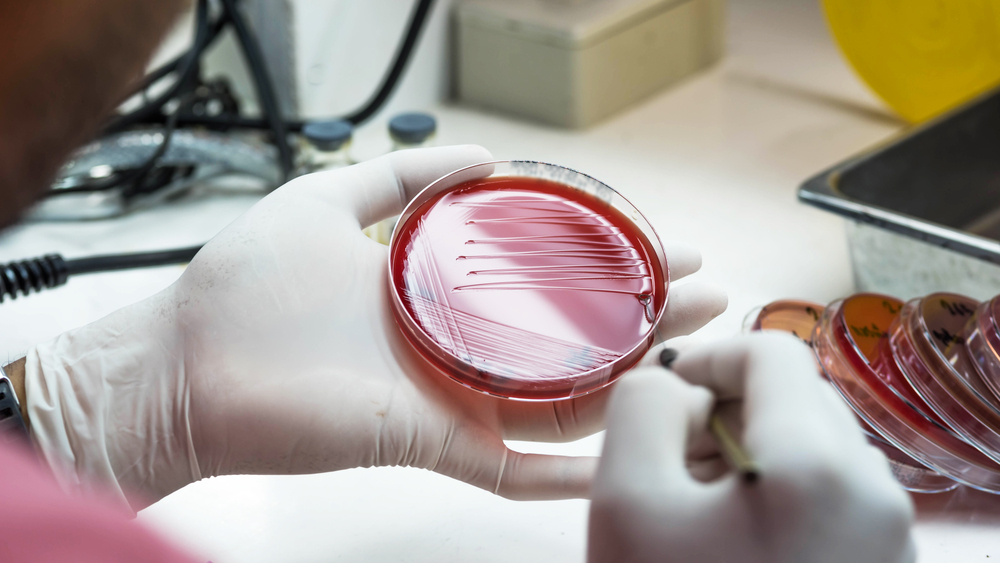
Researchers from Sandia National Laboratories and the University of Illinois at Urbana-Champaign have modeled the workings of a bacterial pump mechanism that aids in the resistance to antibiotics.
These pumps spit out antibiotics before they can do any harm to the offending bacteria. The pump looked at in the case of this research, published in the Proceedings of the National Academy of Sciences, is called EmrE, an E. coli-based resistance. That pump identifies and removes moderately oily, positively charged small molecules from the bacteria’s structure — traits many common antibiotics share.
With the structure now identified, scientists are hopeful for where it could lead.
“Now that we have the structure of the pump and know how it works, scientists can design a molecule that sticks tightly to the transporter,” Susan Rempe, Sandia computational biophysicist, said. “I think that’s doable in the near-term, maybe five years.”
That would, in theory, restore the effectiveness of resisted antibiotics. At least 23,000 people die from antibiotic resistance-linked infections each year in the United States, according to the Centers for Disease Control and Prevention.
With the structure of the pump identified, researchers in this case also ran simulations to reveal how pumps transition and interact with protons.
“Antibiotic resistance is an important problem,” Josh Vermaas, a former Illinois graduate student who works Rempe supports, said. “The ‘lock’ on the pump is what makes this transporter tick. With this knowledge, in the future we can develop new antibiotics that aren’t pumped out or otherwise break the lock in EmrE,” said Vermaas. “If we figure out how to break the pump, so it’s unregulated and leaks out protons, that would be a new way to kill bacteria.”




